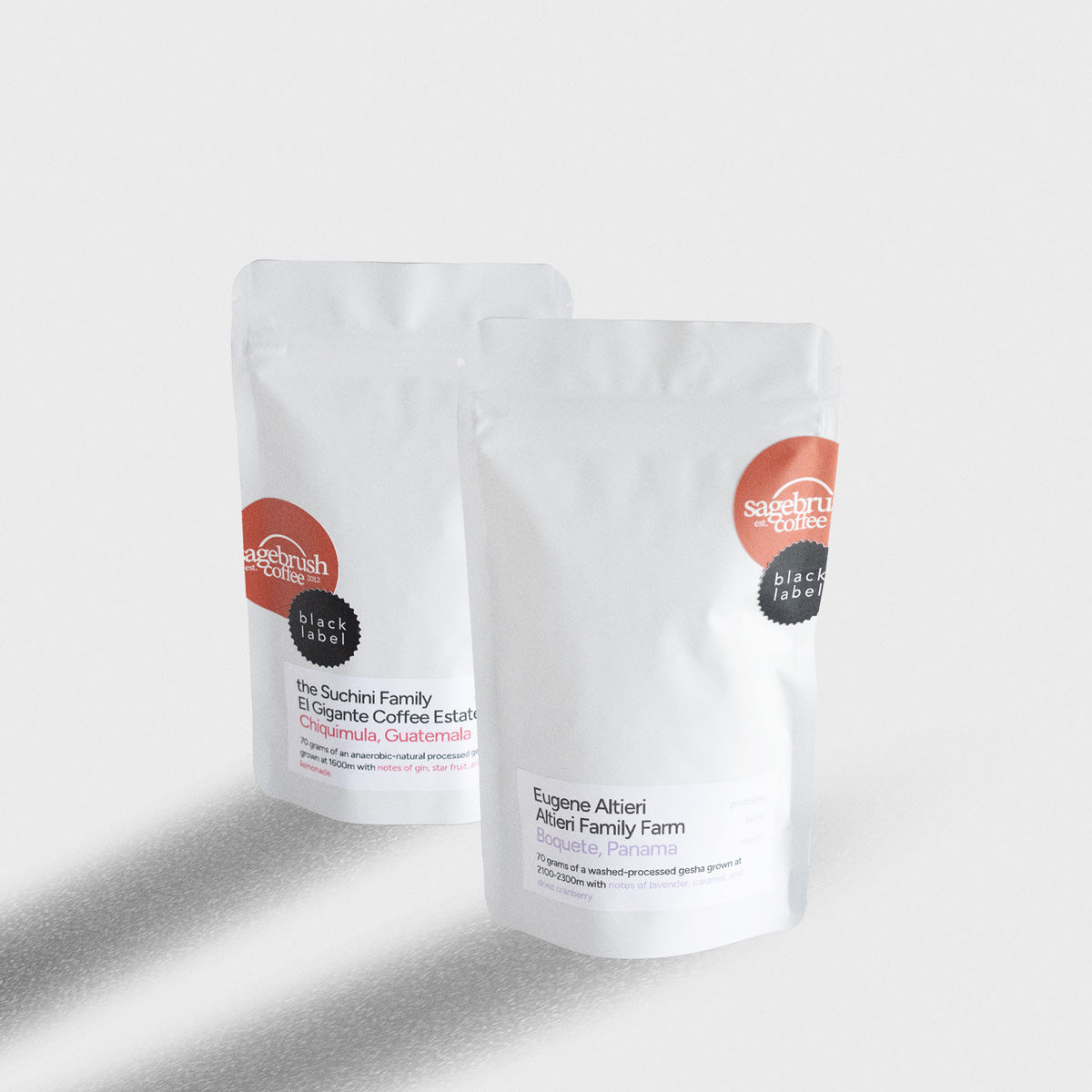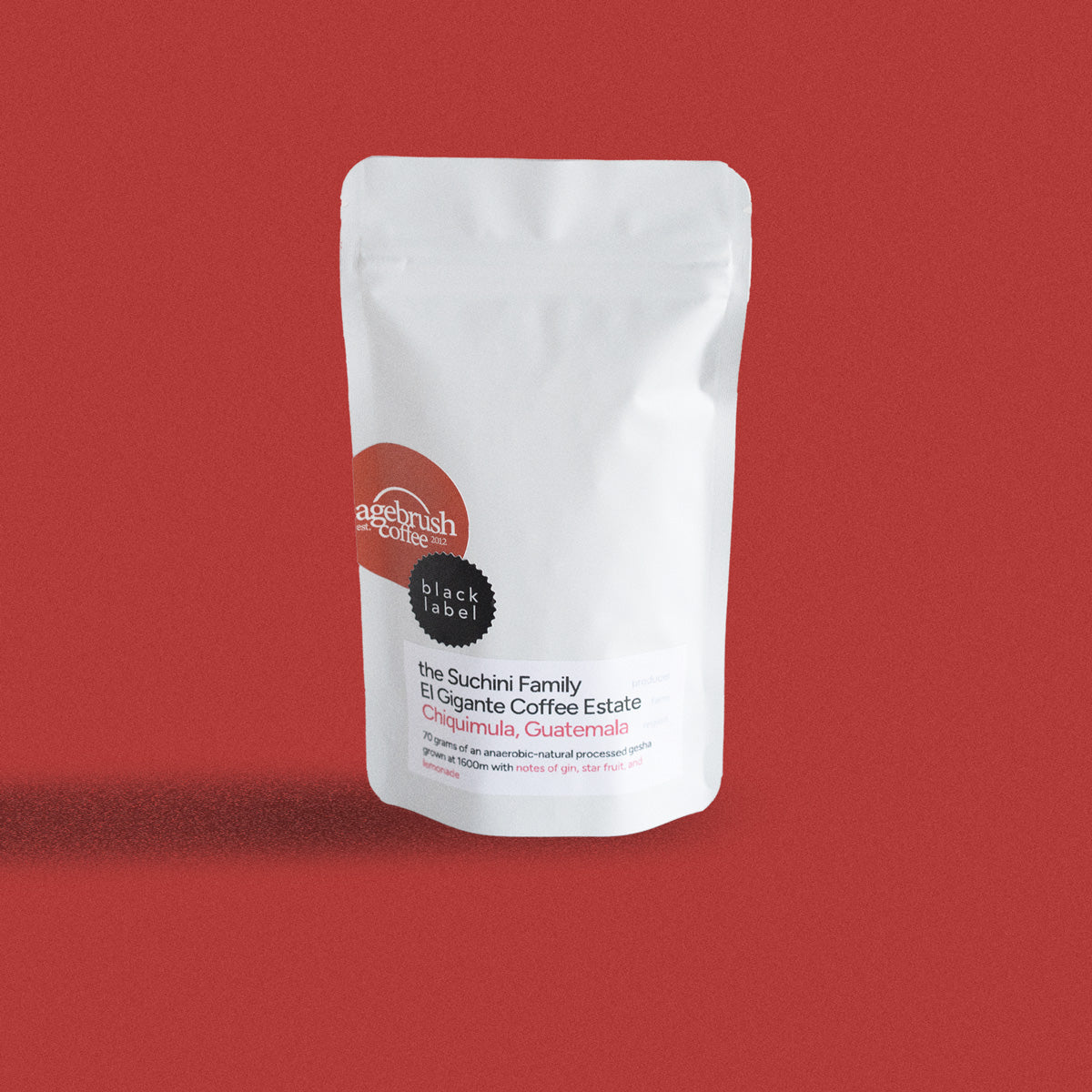
Why in the world would we remove roast levels from our descriptions and packaging? They’re a standard in the industry and tell the customer something about what they’re buying. Why make it harder to pick a coffee? There is a good answer, but not really a short answer. This article will attempt to give you a concise explanation of what we do and hopefully get you excited about our new descriptions.
Let me start by discussing how we think about roast levels. We don’t look at coffees and sample as a dark or light roast. Our process to select our final roasting curve is 100% connected to drawing out the flavors that we believe best showcase each particular coffee. We start by having Sarah roast samples using the same profile each time. We use that to discuss the coffees using our new coffee cupping form as a launching off point for discussion. As we conclude the conversation, we discuss how we want to adjust the roast to draw out our favorite elements of that coffee. Do you notice how there is no discussion of light, medium or dark? We don’t even really discuss city / city plus / full city or full city plus. Historically, I (Matt) have put in our product description template a placeholder for Zoë with those categories. I picked those based on what I thought someone that was looking for that type of coffee would choose. Meaning, if we had a more rich and chocolatey flavors, I’d pick medium-dark. If we had a higher acidity coffee with a juicier mouthfeel, I’d choose light. I rarely chose dark, because none of our coffees fit the normal profile for dark. If you’re a long-time customer, you may notice that the ‘color’ of your coffees don’t seem to differ from bean to bean. That’s a testimony to this process.
You’re probably thinking, “But Matt, those descriptions helped me. I want to be able to pick coffees I like and that was a great short-hand.” We get it and you’re right. However, we spent a ton of time trying to answer the question, “How can we describe our coffees most accurately to help customers get coffees they love every time?” and we just don’t believe even a shorthand of roast level communicates enough. I’ve listed a few reasons I want us all to get roast level out of our minds for picking coffees.
Roast Level as a Standard is a Myth
Roast levels are often perceived as a straightforward scale, with light on one end and dark on the other. However, this simplified approach ignores most of the variables involved in the roasting process. Each bean variety, origin, and even batch can react uniquely to heat, creating a spectrum of flavors that defies easy categorization. We have had coffees roasted to a Full City level come out very juicy and acidity and I know for a fact someone looking for a dark roast would hate it. Or we’ve had coffees roasted very quickly come out dark on the color spectrum. I know what I’d do with those in marketing and communicating to a customer, but I doubt the roaster down the street would do the same thing. If roast levels cannot be a standard, then we need to move away from acting like it is.
Moving Towards Our Mission Wherever We Can
Coffee is more than just a drink. It is influenced by so many steps from where the beans were grown to the intricacies of the roasting profile. By omitting roast levels, we encourage our customers to explore the depth and richness of each coffee without preconceived notions, fostering a more direct connection to the producer of their coffee. Without the distraction of labels, our customers are enabled to appreciate the unique qualities of each coffee and develop a preference based on personal taste rather than preconceived notions about light or dark roasts.
Roast level Isn’t Even Enough of a Summary
We use wine as an analogy to coffee often and this is another great parallel. Coffee can exhibit dynamic flavor profiles that evolve over time, brew method and drinking temperature. Roast levels offer only a static snapshot, neglecting the changes that occur in each of these stages. We want to encourage everyone to focus on the sensory experience and celebrate the entire supply chain of our coffees. Removing roast levels empowers anyone from a coffee snob to someone just breaking out of the 2nd wave to trust their own taste buds and preferences.
The Crib Sheet Using Our New Flavor Profile Graphs
So how do you make the transition? We’ve created new flavor profile graphs. These graphs describe flavors from bitter to herbal. Jonathan is working on an article to delve into the details of how to read these graphs and what each section means. In the meantime, think of it this way, if the coffee tends towards more ‘bitter, cocoa, vegetal, salted, or developed sugar’ descriptors, it is probably better for someone that likes a dark roast. If it leans more towards fruited, citrus, tart it’s good for the light roast customers and anywhere in between is the medium crowd.

Thank you for your patience, as we all are learning and growing in our coffee journey. We’re glad you’re along with Sagebrush for the ride.

















